Market Trends
Key Emerging Trends in the Whey Market
The whey market is experiencing several notable trends that reflect changing consumer preferences, dietary habits, and industry innovations. One significant trend is the growing demand for whey protein as a popular dietary supplement among fitness enthusiasts and health-conscious consumers. Whey protein, derived from milk during the cheese-making process, is valued for its high protein content, complete amino acid profile, and rapid absorption rate, making it an ideal choice for muscle building, weight management, and post-workout recovery. This trend is driving the market for whey protein powders, shakes, bars, and supplements as consumers seek convenient and effective ways to meet their protein needs and support their active lifestyles.
Moreover, there is a rising interest in functional and fortified food and beverage products containing whey ingredients. With increasing awareness about the health benefits of whey protein, there is a demand for fortified foods and beverages that offer added nutritional value and functional benefits, such as improved digestion, immune support, and satiety. Whey protein concentrates and isolates are commonly used as ingredients in a variety of food and beverage applications, including dairy products, baked goods, snacks, sports drinks, and infant formula, as manufacturers seek to capitalize on the growing consumer demand for functional and health-enhancing products.
Another significant trend in the whey market is the growing popularity of whey protein among vegan and plant-based consumers. While whey protein is traditionally derived from dairy sources, there is a rising demand for plant-based alternatives that offer similar nutritional benefits without the use of animal products. This has led to the development of plant-based protein powders and supplements made from sources such as pea protein, soy protein, rice protein, and hemp protein, which cater to consumers seeking cruelty-free, environmentally sustainable, and allergen-friendly options. Despite this trend, dairy-derived whey protein continues to dominate the market due to its superior taste, texture, and nutritional profile.
Furthermore, the whey market is experiencing growth in the functional food and sports nutrition segments as consumers increasingly prioritize health and wellness. With the rise of fitness trends, sports performance, and active lifestyles, there is a demand for whey protein products that offer targeted benefits for muscle recovery, energy enhancement, and overall performance optimization. Whey protein supplements are widely used by athletes, bodybuilders, and fitness enthusiasts to support their training goals and achieve optimal results, driving market demand for specialized formulations and innovative product offerings tailored to the needs of active consumers.
Additionally, the COVID-19 pandemic has had a significant impact on the whey market, accelerating certain trends while creating new challenges and opportunities. With heightened awareness of the importance of immune health and overall well-being during the pandemic, there has been increased consumer interest in functional ingredients like whey protein that offer immune-supporting properties. This has led to a surge in demand for whey protein products marketed for their immune-boosting benefits, such as whey protein powders fortified with vitamins, minerals, and antioxidants. Additionally, disruptions in supply chains and changes in consumer behavior have posed challenges for whey manufacturers and retailers, affecting production, distribution, and sales channels.

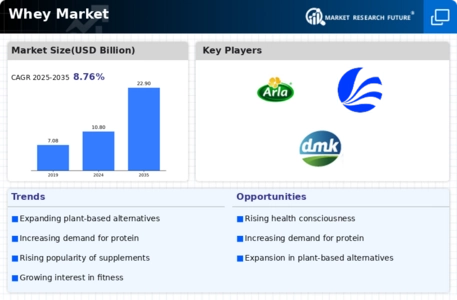

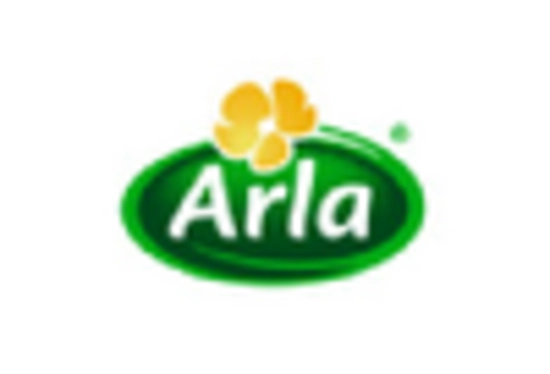
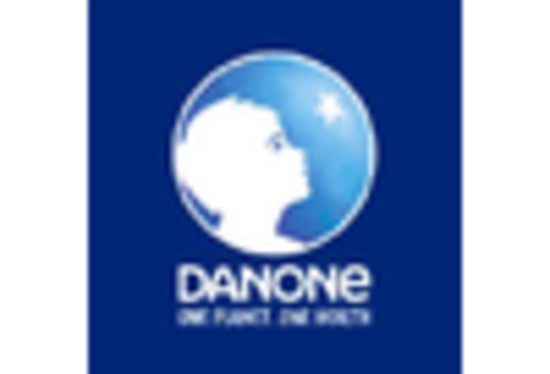
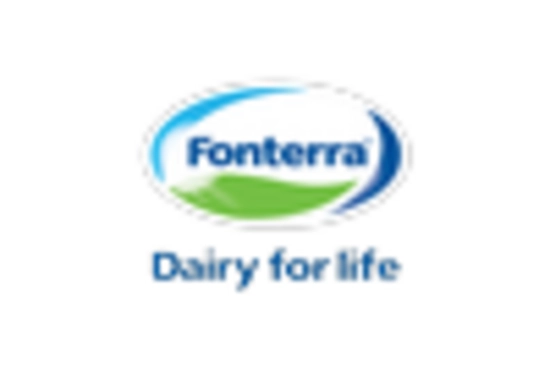
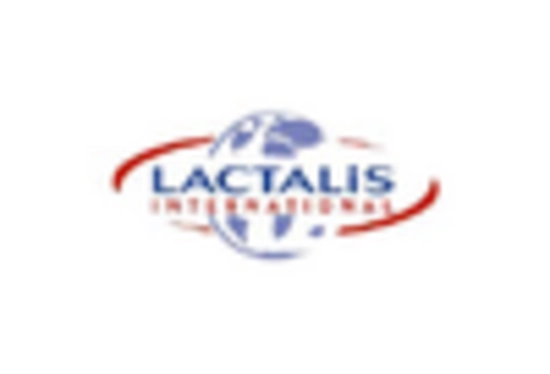


Leave a Comment